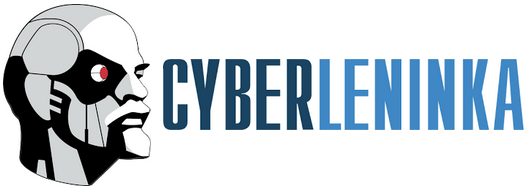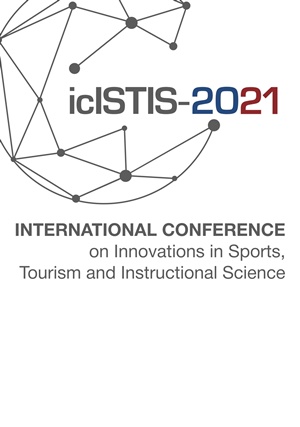ENHANCING COORDINATION ABILITIES IN CHILDREN WITH BILATERAL SPASTIC CEREBRAL PALSY (GMFCS LEVEL II)
Abstract
Aim. This study aimed to develop a systematic motor rehabilitation algorithm for children with bilateral spastic cerebral palsy utilizing complex coordination training. Materials and methods. The study was conducted with 7–8-year-old participants diagnosed with spastic cerebral palsy at Rus Ice Palace and S.M. Belakovsky CSKA Medical and Sports Dispensary (Moscow). To empirically validate the intervention efficacy, the study presents electrophysiological data obtained through electroneuromyography (ENMG) assessments of target muscle groups. Results. The study demonstrates a 13.76% reduction in M-response amplitudes from proximal lower limb muscles and a 9.52% increase in distal muscle response amplitudes. Thus, this intervention is considered efficient. Conclusion. During the execution of various cushioning movements – fundamental to all technical elements of adaptive figure skating – the studied muscle groups demonstrated synergistic activation patterns, effectively coordinating the required motor actions within the rehabilitation framework.
References
References on translit
Copyright (c) 2025 Human. Sport. Medicine

This work is licensed under a Creative Commons Attribution-NonCommercial-NoDerivatives 4.0 International License.















